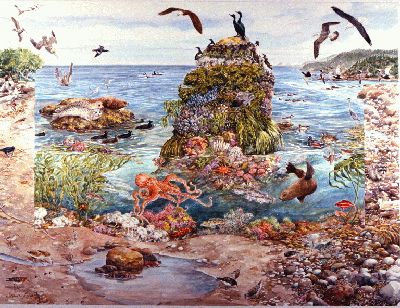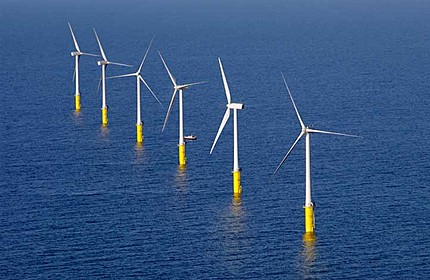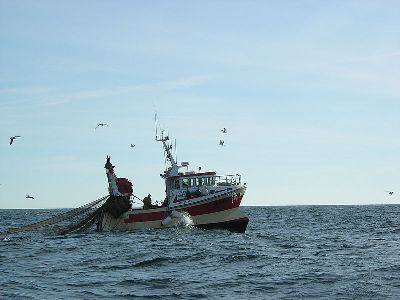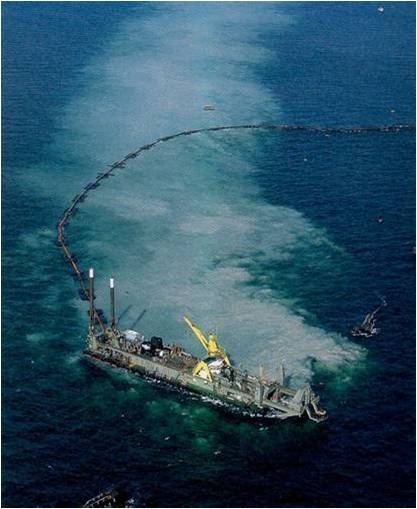2. Ecosystems (2/6)
Coastal ecosystems
The coastal sea has a high biodiversity of fauna and is of large importance for birds, fish and mammals. A large range of different ecosystems can generally be found in coastal waters, comprising a closely connected system of life in the seabed (benthic), in the water (pelagic) and even above water (birds).

Source: WDFW
Human Impact
Did you know That human activities are considered to be part of the coastal ecosystem!

The coastal marine ecosystems are strongly influenced by human activities on land and in the coastal waters. In the previous section we already gave the example of nutrient input by rivers. However, there are many more influences. The main activities are:
- Fishing, both on the seabed and in the water
- Nutrient input from air and rivers
- Transport by ships
- Recreational use
- Platforms at sea for oil and gas extraction or offshore wind farms
- Sand extraction and dredging
- Aquaculture, this is the farming of fish at sea
Discussion Discuss with a small group
- which human activities can be observed from space?
- what kind of satellite you will have to build to detect these activities?
Questions
Q 1. Can you provide a list of activities that take place near your coast?
Q 2. Can you describe for each activity how it might impact an ecosystem. What activity is the most harmful for your coast? Of course every coastal system is different, but here we will provide some general answers:

Photo: Remi Jouan, Source: Wikimedia
Fishing, both on the seabed and in the water. Fish and shellfish are a major source of food and large quantities have been consumed. This has resulted in many places in extinction of species or limiting the reproduction capacity, thereby reducing the health of the population. The fishing on the seabed can strongly reduce the habitat of many benthic life forms.
Nutrient input from air and rivers. By changing the amount of nutrients, the balance of an ecosystem can get disturbed. This can lead to a change in algal composition, loss of biodiversity. This is covered in more detail in the section Eutrophication.
Transport by ships. The direct disturbance of an ecosystem by the presence of ships is limited. However, there are well known negative effects related to spills of oil and wastewater plus the import of invasive species.
Recreational use. Disturbance of ecosystems close to the shore where many birds come to feed.

Source: Deltares
Sand extraction and dredging The extraction of sand (for building purposes) and dredging (to maintain the depths of shipping lanes) might locally lead to an increase of the sediment load and reduction in the available light for primary production.
